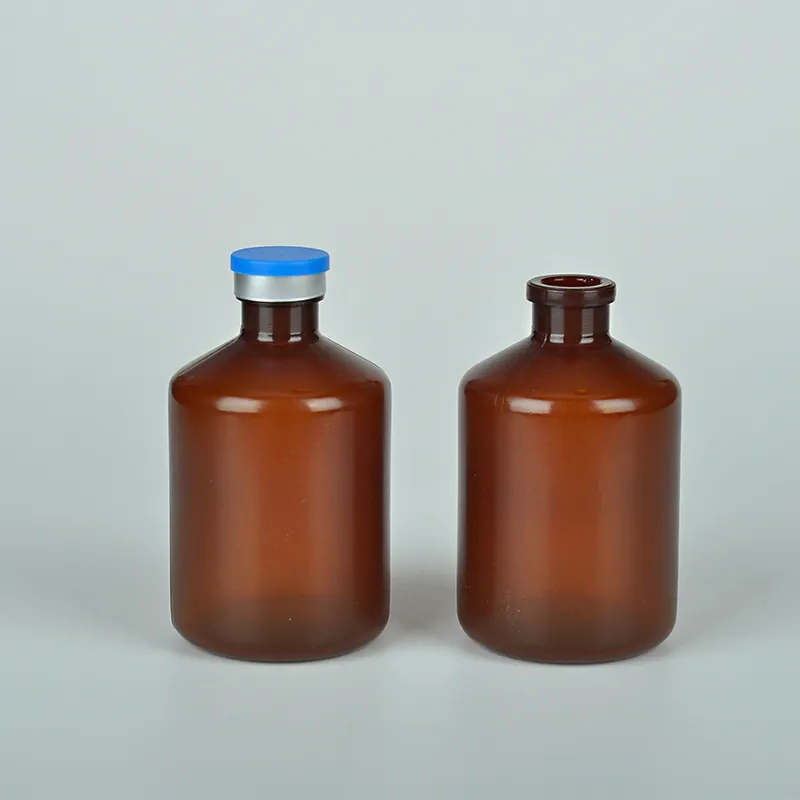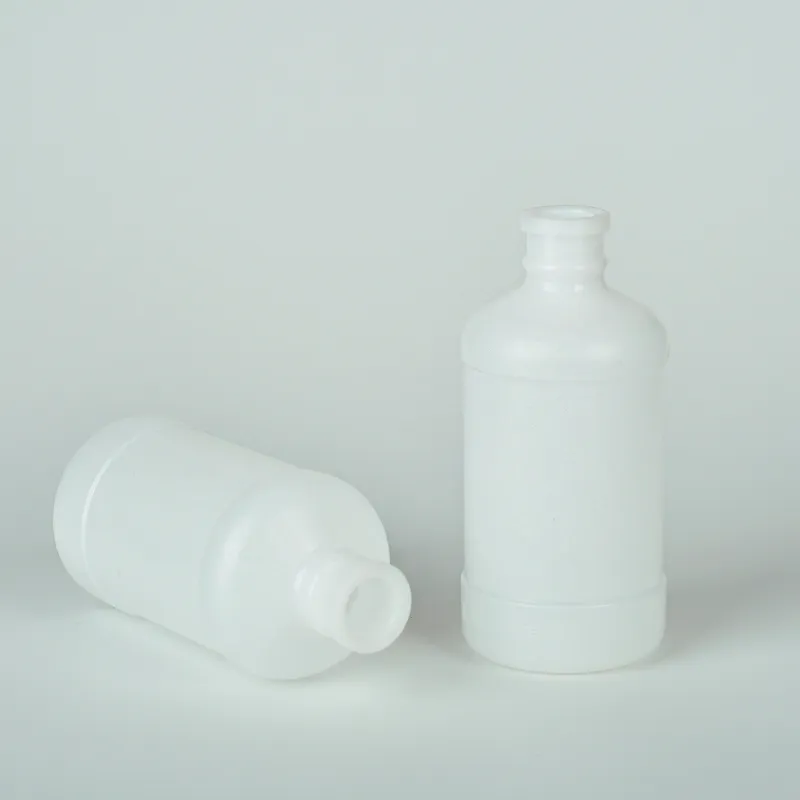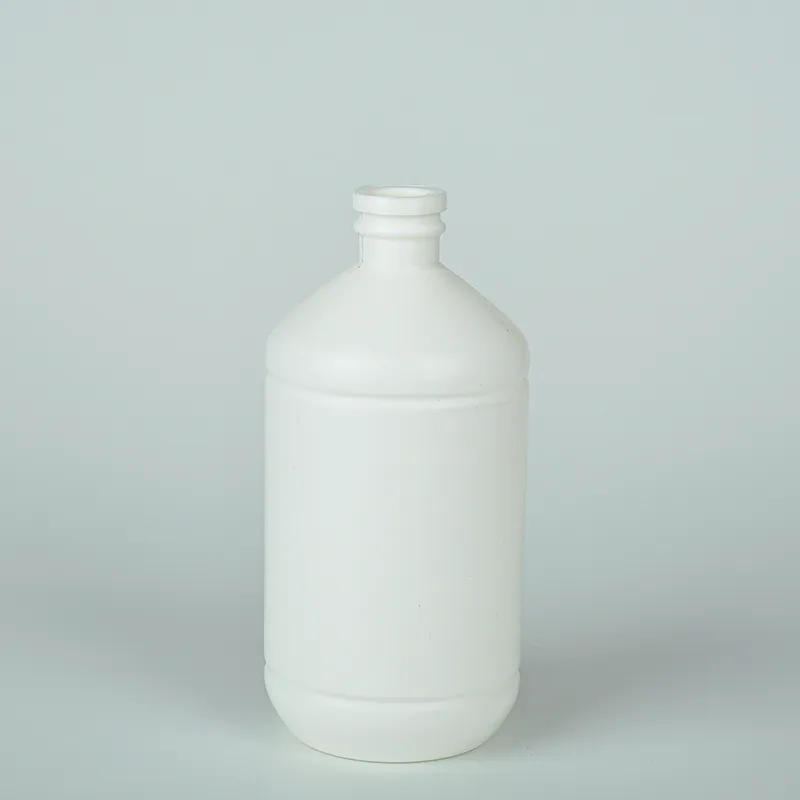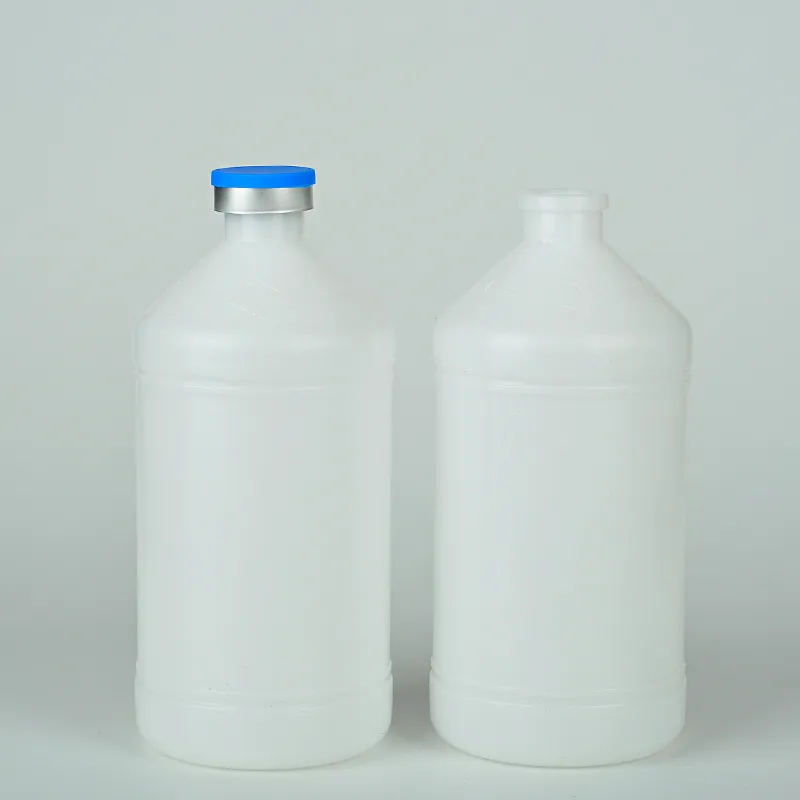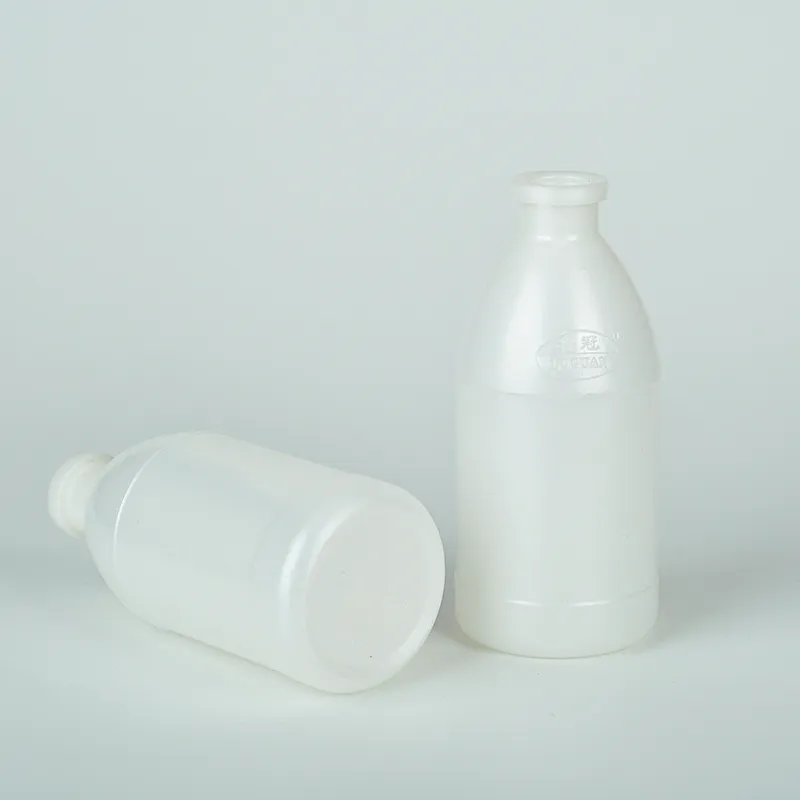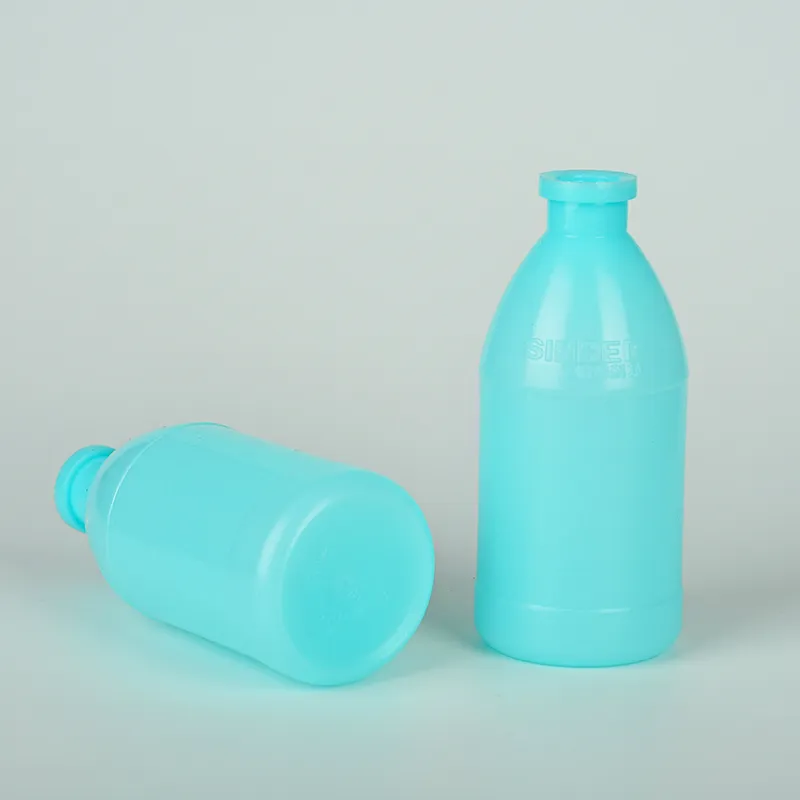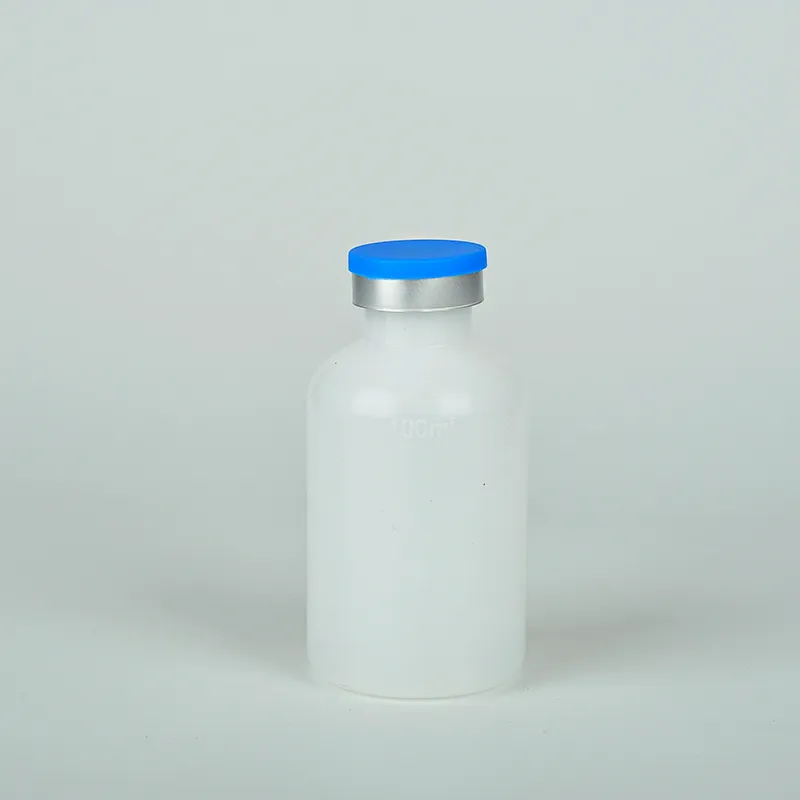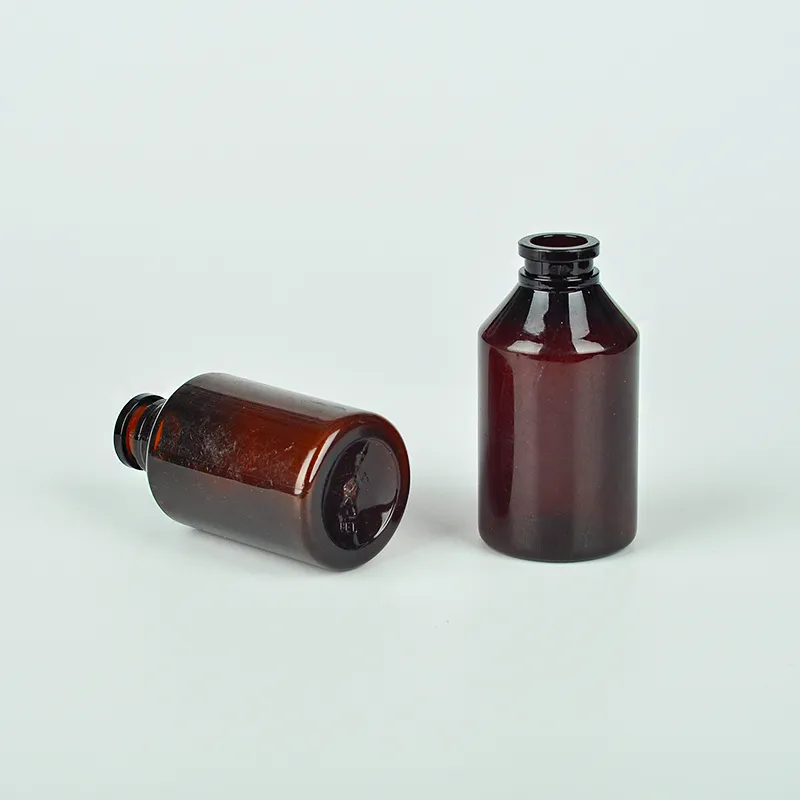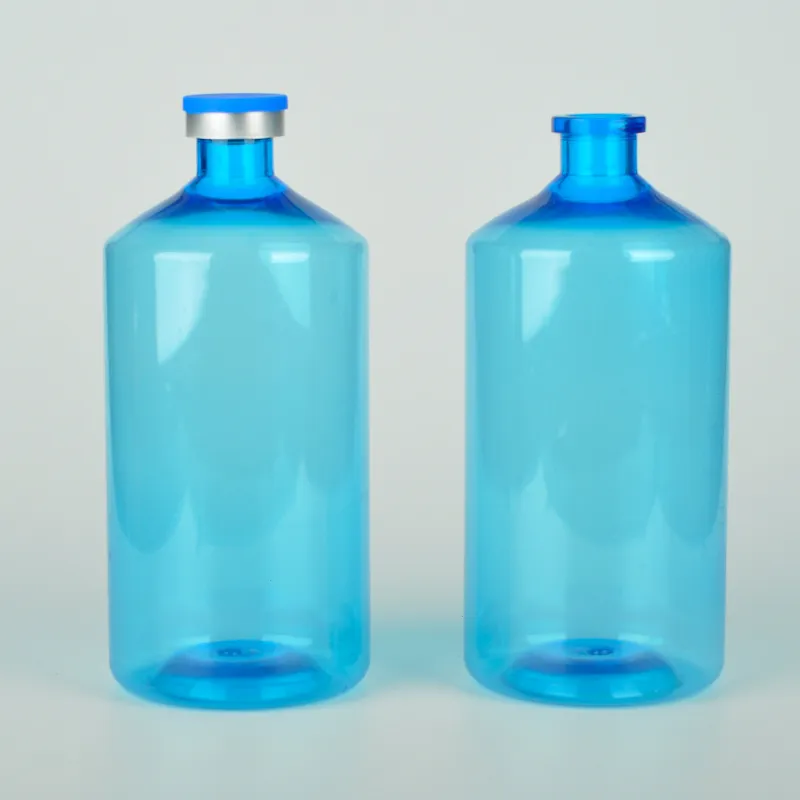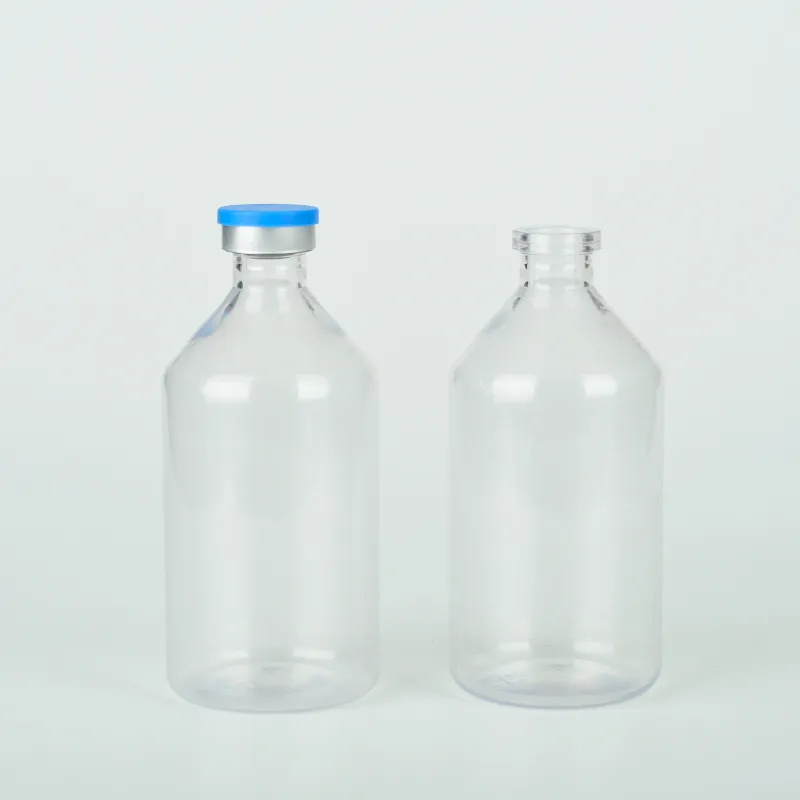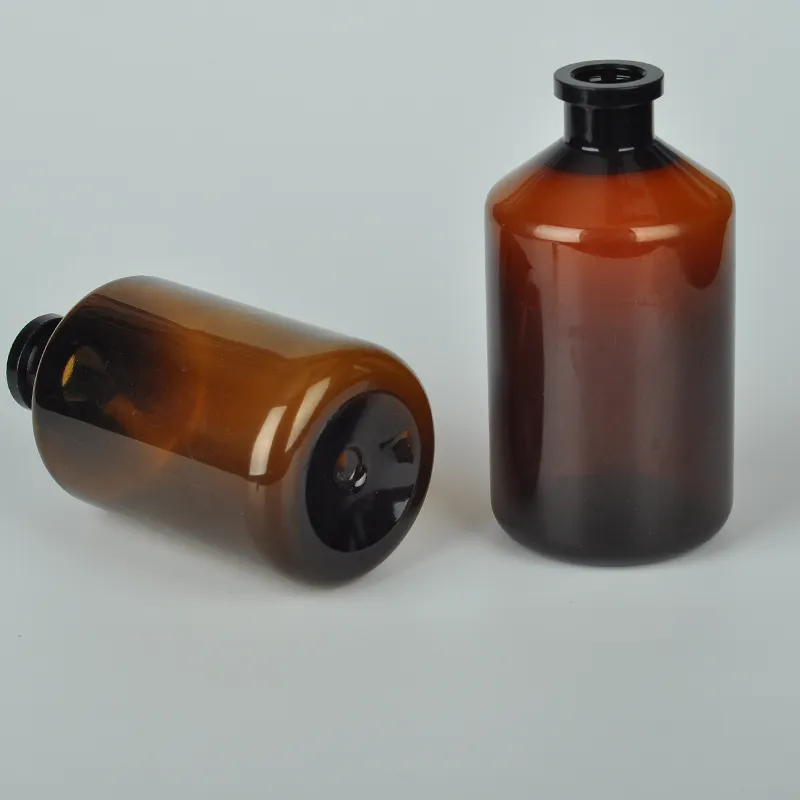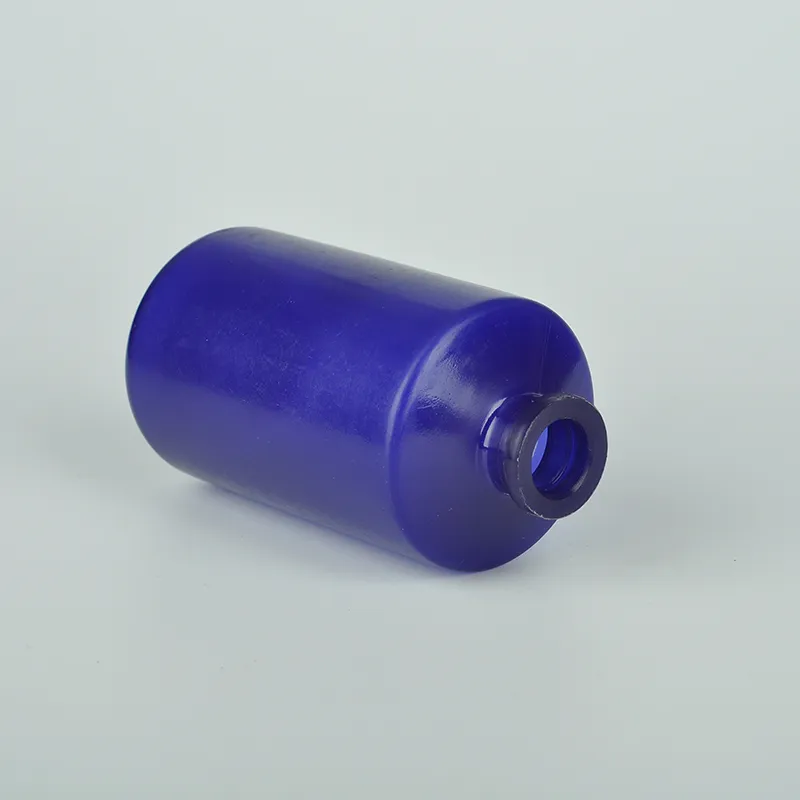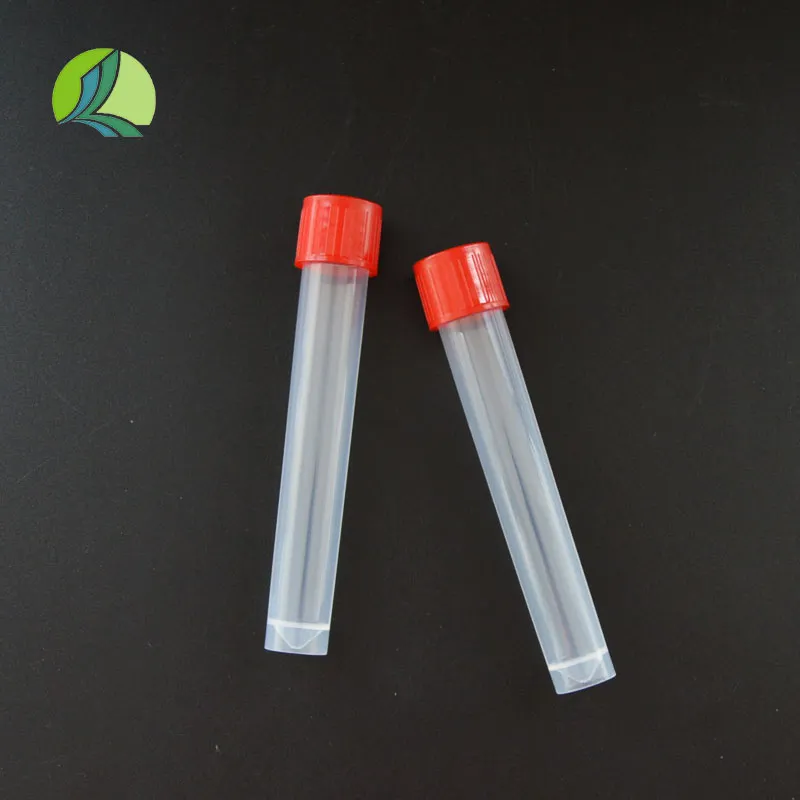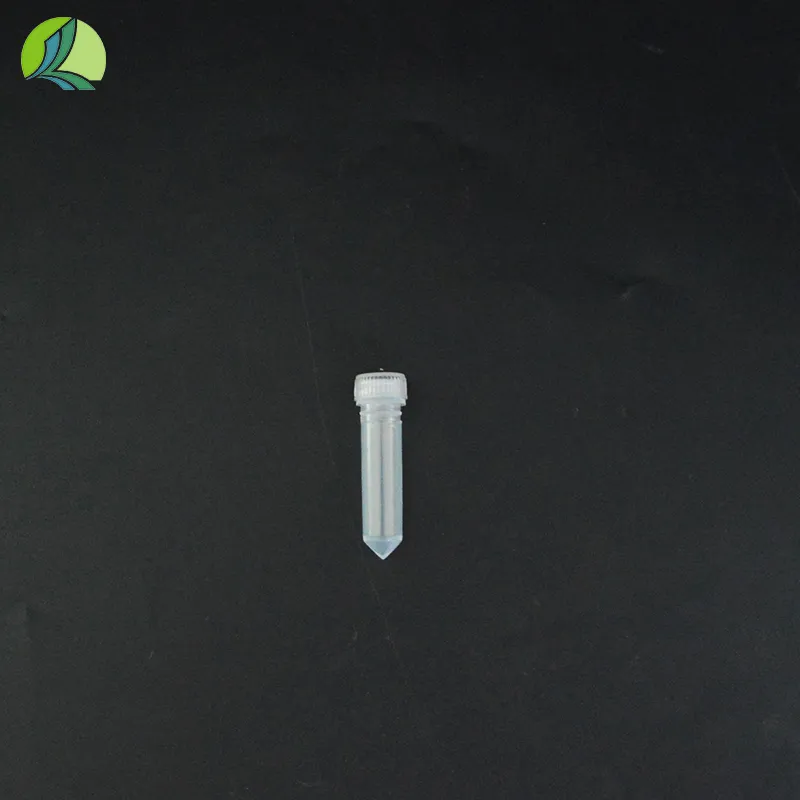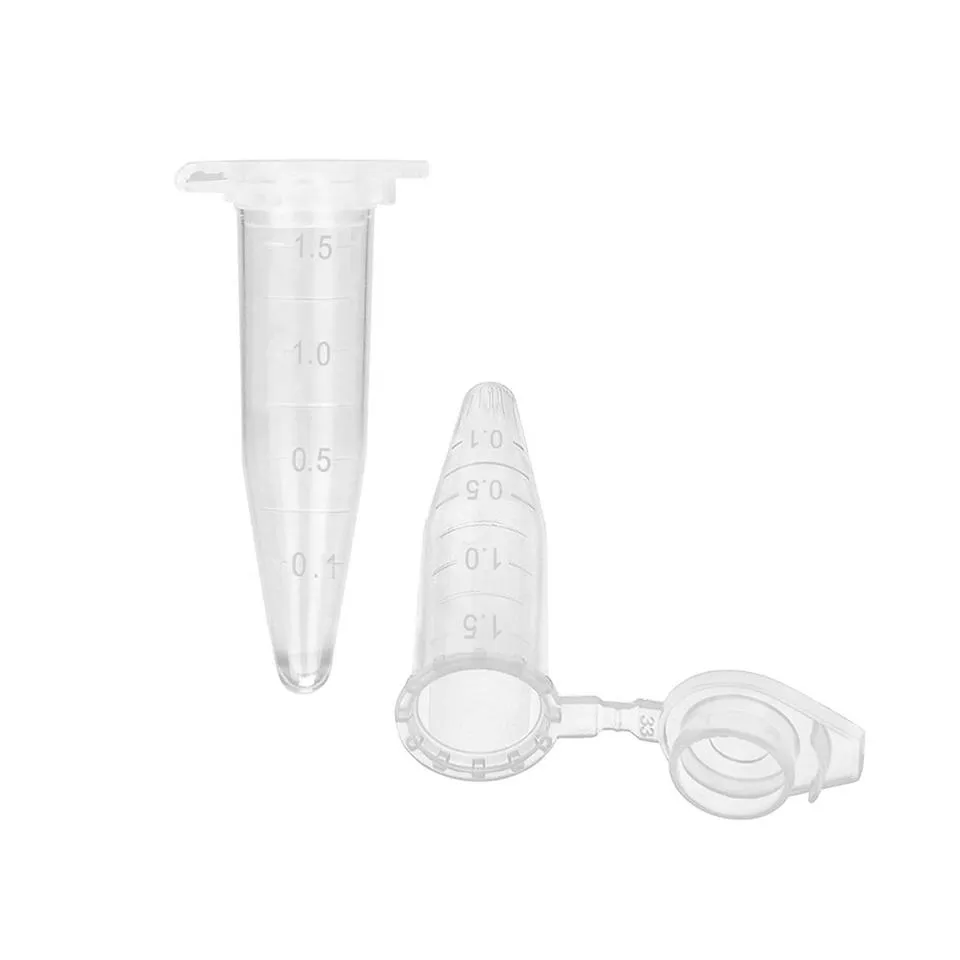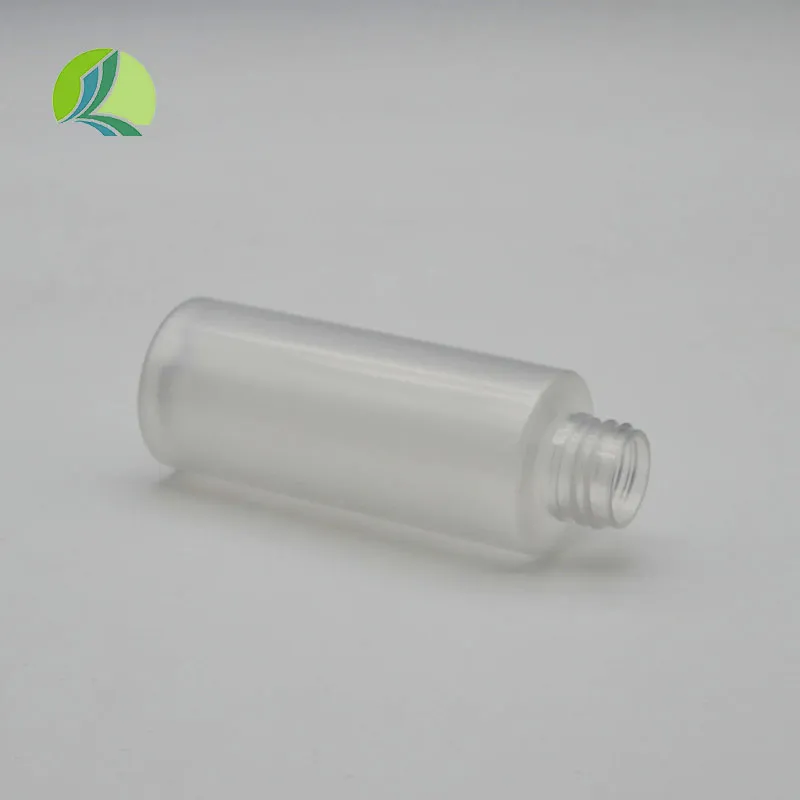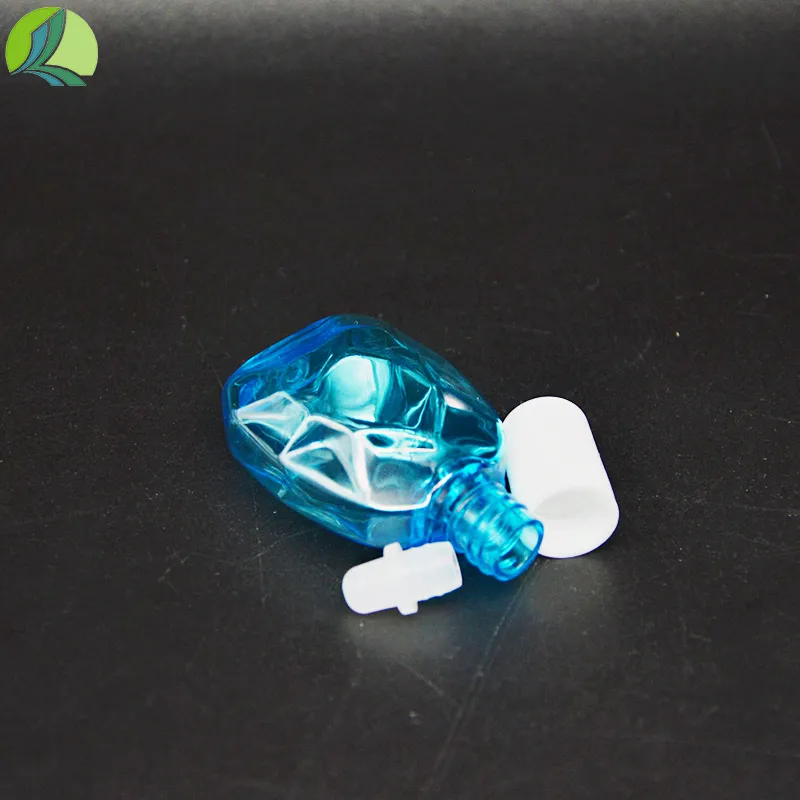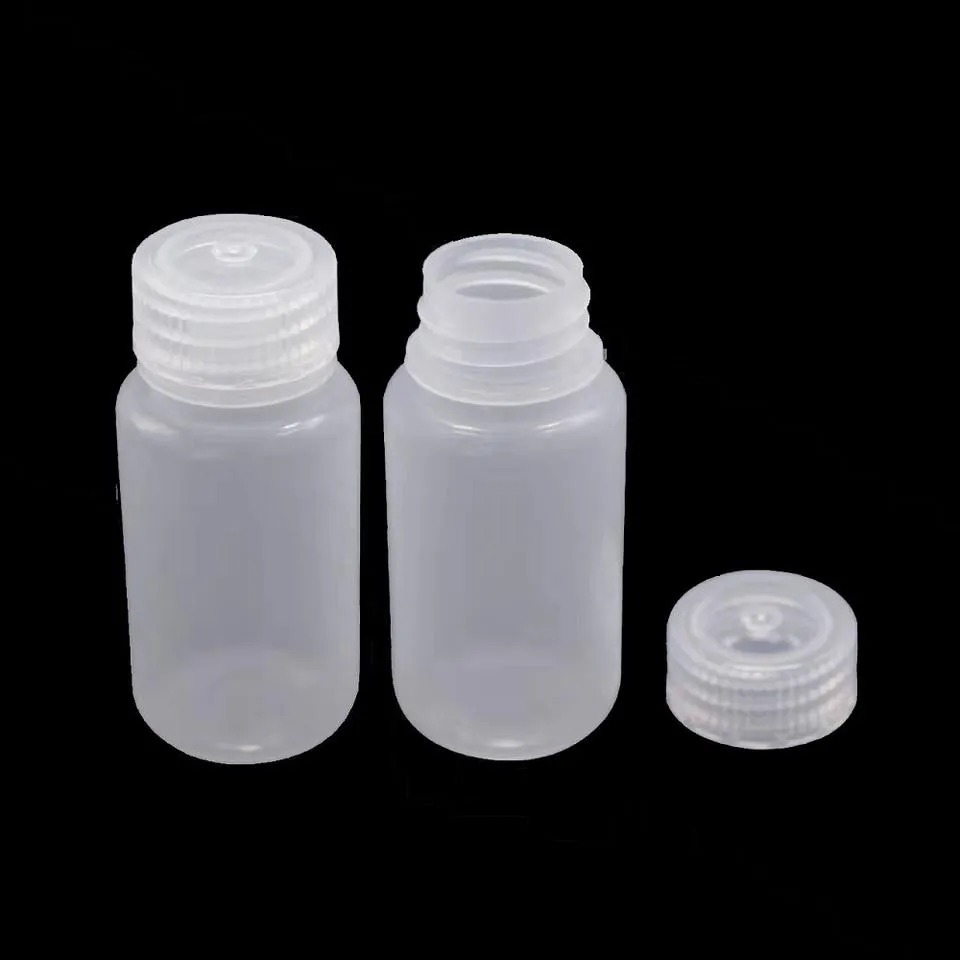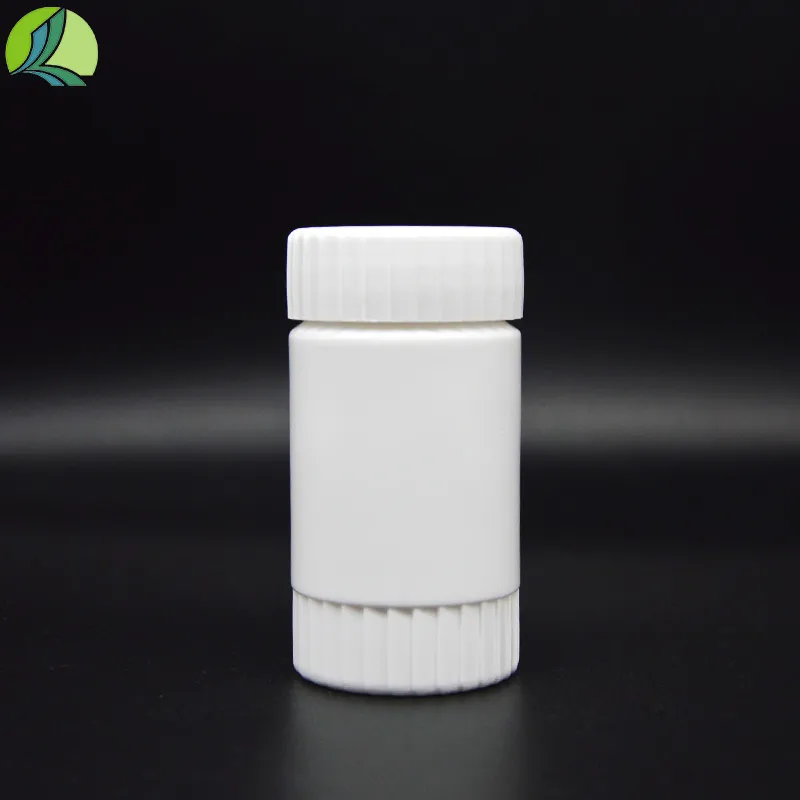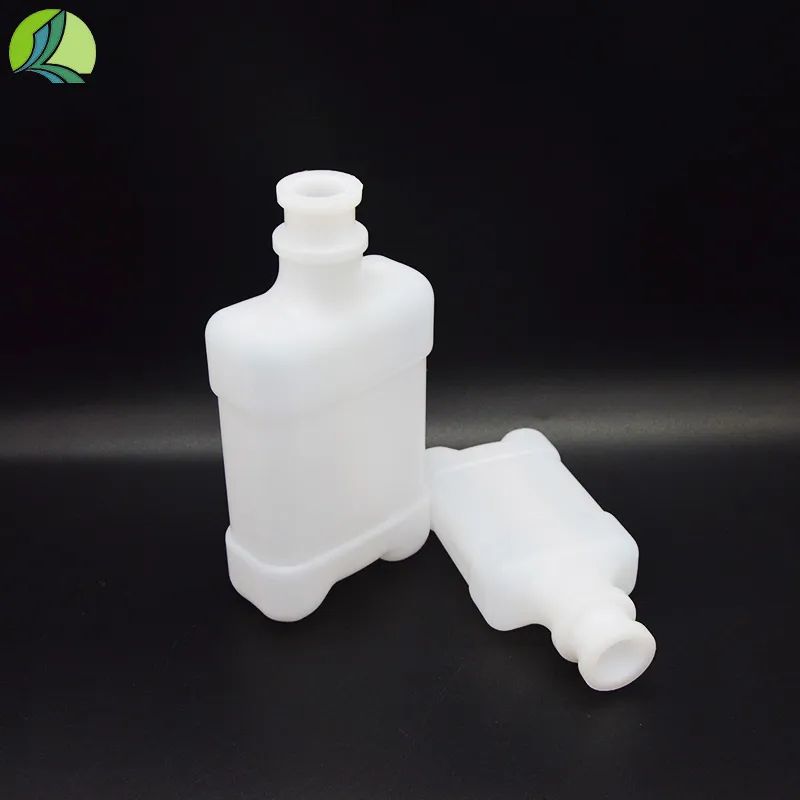
-
 Afrikaans
Afrikaans -
 Albanian
Albanian -
 Amharic
Amharic -
 Arabic
Arabic -
 Armenian
Armenian -
 Azerbaijani
Azerbaijani -
 Basque
Basque -
 Belarusian
Belarusian -
 Bengali
Bengali -
 Bosnian
Bosnian -
 Bulgarian
Bulgarian -
 Catalan
Catalan -
 Cebuano
Cebuano -
 Corsican
Corsican -
 Croatian
Croatian -
 Czech
Czech -
 Danish
Danish -
 Dutch
Dutch -
 English
English -
 Esperanto
Esperanto -
 Estonian
Estonian -
 Finnish
Finnish -
 French
French -
 Frisian
Frisian -
 Galician
Galician -
 Georgian
Georgian -
 German
German -
 Greek
Greek -
 Gujarati
Gujarati -
 Haitian Creole
Haitian Creole -
 hausa
hausa -
 hawaiian
hawaiian -
 Hebrew
Hebrew -
 Hindi
Hindi -
 Miao
Miao -
 Hungarian
Hungarian -
 Icelandic
Icelandic -
 igbo
igbo -
 Indonesian
Indonesian -
 irish
irish -
 Italian
Italian -
 Japanese
Japanese -
 Javanese
Javanese -
 Kannada
Kannada -
 kazakh
kazakh -
 Khmer
Khmer -
 Rwandese
Rwandese -
 Korean
Korean -
 Kurdish
Kurdish -
 Kyrgyz
Kyrgyz -
 Lao
Lao -
 Latin
Latin -
 Latvian
Latvian -
 Lithuanian
Lithuanian -
 Luxembourgish
Luxembourgish -
 Macedonian
Macedonian -
 Malgashi
Malgashi -
 Malay
Malay -
 Malayalam
Malayalam -
 Maltese
Maltese -
 Maori
Maori -
 Marathi
Marathi -
 Mongolian
Mongolian -
 Myanmar
Myanmar -
 Nepali
Nepali -
 Norwegian
Norwegian -
 Norwegian
Norwegian -
 Occitan
Occitan -
 Pashto
Pashto -
 Persian
Persian -
 Polish
Polish -
 Portuguese
Portuguese -
 Punjabi
Punjabi -
 Romanian
Romanian -
 Russian
Russian -
 Samoan
Samoan -
 Scottish Gaelic
Scottish Gaelic -
 Serbian
Serbian -
 Sesotho
Sesotho -
 Shona
Shona -
 Sindhi
Sindhi -
 Sinhala
Sinhala -
 Slovak
Slovak -
 Slovenian
Slovenian -
 Somali
Somali -
 Spanish
Spanish -
 Sundanese
Sundanese -
 Swahili
Swahili -
 Swedish
Swedish -
 Tagalog
Tagalog -
 Tajik
Tajik -
 Tamil
Tamil -
 Tatar
Tatar -
 Telugu
Telugu -
 Thai
Thai -
 Turkish
Turkish -
 Turkmen
Turkmen -
 Ukrainian
Ukrainian -
 Urdu
Urdu -
 Uighur
Uighur -
 Uzbek
Uzbek -
 Vietnamese
Vietnamese -
 Welsh
Welsh -
 Bantu
Bantu -
 Yiddish
Yiddish -
 Yoruba
Yoruba -
 Zulu
Zulu
20 ml Headspace Vials - High Quality Polyethylene & Plastic Vials for Lab Use
- Introduction to 20 ml headspace vials
and related vial types - Material science and technological advantages of sample vials
- Manufacturer comparison: Performance, compliance, and global reach
- Custom solutions: Tailoring vials for industry-specific needs
- Application scenarios: Pharmaceutical, environmental, and food testing
- Technical data table: Comparing 20 ml headspace vials, 50 ml plastic vials, and polyethylene vials
- Conclusion: The evolving landscape of headspace container technology
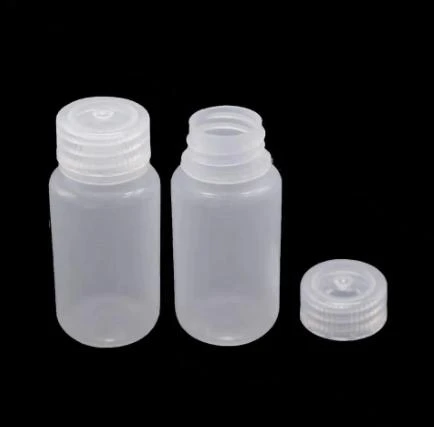
(20 ml headspace vials)
Introduction: 20 ml Headspace Vials in Modern Analytical Science
Over the past decade, 20 ml headspace vials have become integral to analytical and quality assurance laboratories worldwide. Whether assessing volatile organic compounds or performing environmental sampling tasks, the correct vial design directly impacts test reliability and ease of use. Beyond 20 ml solutions, laboratories increasingly rely on 50 ml plastic vials and advanced polyethylene vials tailored for broader sample volumes or specific chemical compatibilities. This article thoroughly examines innovations driving this market and provides a comparative lens through global metrics, technical advances, customization options, and real-world applications.
Material Science & Technological Innovations in Sample Vials
The heart of vial performance lies in its material construction and design geometry. For 20 ml headspace vials, borosilicate glass remains the gold standard; its superior inertness guarantees minimal analyte interaction and withstands temperature shocks between -40°C and 120°C, critical for thermal desorption processes. Data from the International Laboratory Glassware Association indicate that borosilicate-based vials offer up to 47% less background contamination compared to soda-lime alternatives.
Polyethylene vials and 50 ml plastic vials address different industry needs. High-density polyethylene offers chemical resistance for aggressive solvents and lower permeability to volatile compounds. Technological enhancements, such as uniform wall thickness achieved through precision blow-molding, decrease specimen loss by 12%, vital in sensitive trace analysis. The closure system—PTFE/silicone septa or screw caps with pressure ratings up to 45 psi—also plays a pivotal role in maintaining sample integrity during storage and handling.
Manufacturer Comparison: Quality, Certification, and Global Availability
Selecting the right vial supplier is not merely an economic decision; it directly impacts compliance, convenience, and data integrity. According to a 2023 analytical instrumentation survey:
- Thermo Fisher Scientific produces over 180 million vials annually, with ISO 9001 and ISO 15378 certifications. Nearly 82% of surveyed laboratories cited cap-seal consistency as a primary reason for selection.
- Agilent Technologies focuses on ultra-clean production lines, achieving background signal noise below 0.5 ppm for typical headspace analytes. Global reach spans 70+ countries, including expedited logistics in North America and Europe.
- DWK Life Sciences has developed proprietary low-adsorption glass technology, reducing analyte adsorption by up to 53% compared to standard borosilicate. Patented crimp finish minimizes septum coring risk, boosting long-term seal integrity.
Custom Solutions: Meeting Unique Industry Demands
The need for application-specific properties has led to an explosion of custom vial solutions. Laboratories handling reactive volatiles often require bespoke closures made from inert polymers like PEEK. Meanwhile, certified low-particulate or pre-cleaned vials respond to the ultra-trace needs of environmental science.
Customization statistics: In 2022, the laboratory containers market saw a 21% uptick in custom orders, with 59% of customers requesting barcoding for sample traceability, 32% specifying alternative septa formulations, and 18% opting for unique vial geometries for third-party automation compatibility.
Polyethylene vials are often specified for oil and water testing in remote field locations due to their shock resistance and light weight; custom color-coding further expedites manual sorting. Technological partnerships between vial manufacturers and liquid handling instrument firms accelerate the development of holistic custom solutions, saving up to 27% in process repeatability times.
Application Scenarios: Real-World Success Stories
Proven efficacy shines through in field and clinical environments alike:
- Pharmaceutical Quality Control: 20 ml headspace vials are the default for residual solvent assays under the United States Pharmacopeia (USP 467) protocol. The adoption of low-adsorption glass reduced false positives in active pharmaceutical ingredient testing by 18% year over year.
- Environmental VOC Sampling: Environmental agencies recorded a 35% improvement in detection sensitivity for groundwater testing after switching to high-clarity borosilicate vials and PTFE-lined caps in 2023 pilots.
- Food Industry Testing: Food safety labs rely on both 20 ml and 50 ml plastic vials for simultaneous headspace GC-MS analysis of flavor volatiles and contaminants, efficiently processing up to 1200 samples per week during seasonal campaigns.
- Chemical Compatibility Analysis: Polyethylene vials form the backbone of petroleum hydrocarbon QC workflows. Enhanced solvent resistance ensures stable storage of industrial lubricants and oils prior to spectroscopy, cutting sample loss rates below 0.5% per shipment.
Technical Data Table: Comparative Analysis of Vial Types
The following table synthesizes critical metrics, providing a clear side-by-side comparison for users prioritizing analytical compatibility, cost, and handling characteristics.
| Parameter | 20 ml Headspace Vials | 50 ml Plastic Vials | Polyethylene Vials |
| Typical Material | Borosilicate Glass | Polypropylene | High-Density Polyethylene (HDPE) |
| Autosampler Compatibility | Fully compatible with all standard systems | Varies (check instrument support) | Manual/partial auto (limited) |
| Max Temperature Tolerance | -40°C to 120°C | -10°C to 100°C | -80°C to 110°C |
| Chemical Resistance | Excellent for most solvents | Good (not for strong acids/bases) | Excellent (broad-spectrum) |
| Closure System | Crimp/Screw/Septa (PTFE/Silicone) | Screw Cap | Screw Cap/Snap Cap |
| Unit Cost (USD) | $0.28 – $0.42 | $0.12 – $0.18 | $0.09 – $0.14 |
| Background Contamination | <0.5 ppm VOCs | 1.5–2.2 ppm VOCs | 1.1–1.9 ppm VOCs |
| Preferred Use Case | Analytical Headspace GC | Bulk sample storage | Environmental & field testing |
Conclusion: The Expanding Role of 20 ml Headspace Vials in Scientific Progress
With technical requirements tightening and high-throughput analysis accelerating, laboratories continually revisit their consumables strategy. The advancements embodied in 20 ml headspace vials, as well as the availability of larger-volume and specialty polymer alternatives, equip laboratories to meet regulatory, technological, and operational demands efficiently. By leveraging data-driven comparisons and custom solutions, organizations future-proof their workflows in pharmaceutical quality control, environmental monitoring, and food safety. The transformative impact of choosing the optimal vial—grounded in material science, supplier reliability, and precision manufacturing—underscores its lasting significance within the scientific community.

(20 ml headspace vials)
FAQS on 20 ml headspace vials
Q: What are 20 ml headspace vials used for?
A: 20 ml headspace vials are primarily used for gas chromatography analysis of volatile compounds. They securely contain samples while allowing headspace for vapor collection. These vials are ideal for analytical and laboratory applications.Q: Are 20 ml headspace vials suitable for high-temperature applications?
A: Yes, most 20 ml headspace vials are made from borosilicate glass, which withstands high temperatures. They are commonly used in settings requiring heat, such as automated headspace sample injectors. Always check material specifications before use.Q: How do 20 ml headspace vials compare to 50 ml plastic vials?
A: 20 ml headspace vials are smaller and typically made of glass, ideal for precise analytical work. In contrast, 50 ml plastic vials offer larger capacity and are often used for sample storage and transport. The choice depends on the application and material compatibility.Q: Can I use polyethylene vials instead of glass 20 ml headspace vials?
A: Polyethylene vials are generally not suitable for headspace analysis due to their lower temperature resistance and potential permeability. Glass vials provide superior chemical resistance and are preferred for accurate results. Always use the recommended vial type for your analysis.Q: How should 20 ml headspace vials be sealed for analysis?
A: 20 ml headspace vials are usually sealed with crimps or screw caps and fitted with PTFE/silicone septa. This ensures an airtight environment, preventing sample contamination or vapor loss. Proper sealing is crucial for reliable headspace GC analysis.-
500ml White Plastic PP Veterinary Vaccine Bottle | Animal LabNewsAug.03,2025
-
28 Mouthfuls White Plastic Vaccine Vials 100ml/25ml Lab & VetNewsAug.02,2025
-
250ml Blue Translucent Medical Plastic Vaccine VialsNewsAug.01,2025
-
White 250ml Clear Plastic Vaccine Vial | Lab & Vet UseNewsAug.01,2025
-
Premium Polypropylene Falcon Tubes with GPT-4 Turbo AINewsJul.31,2025
-
Animal Laboratory 500ml White Plastic Veterinary Medicine Bottle PP Vaccine BottleNewsJul.30,2025



